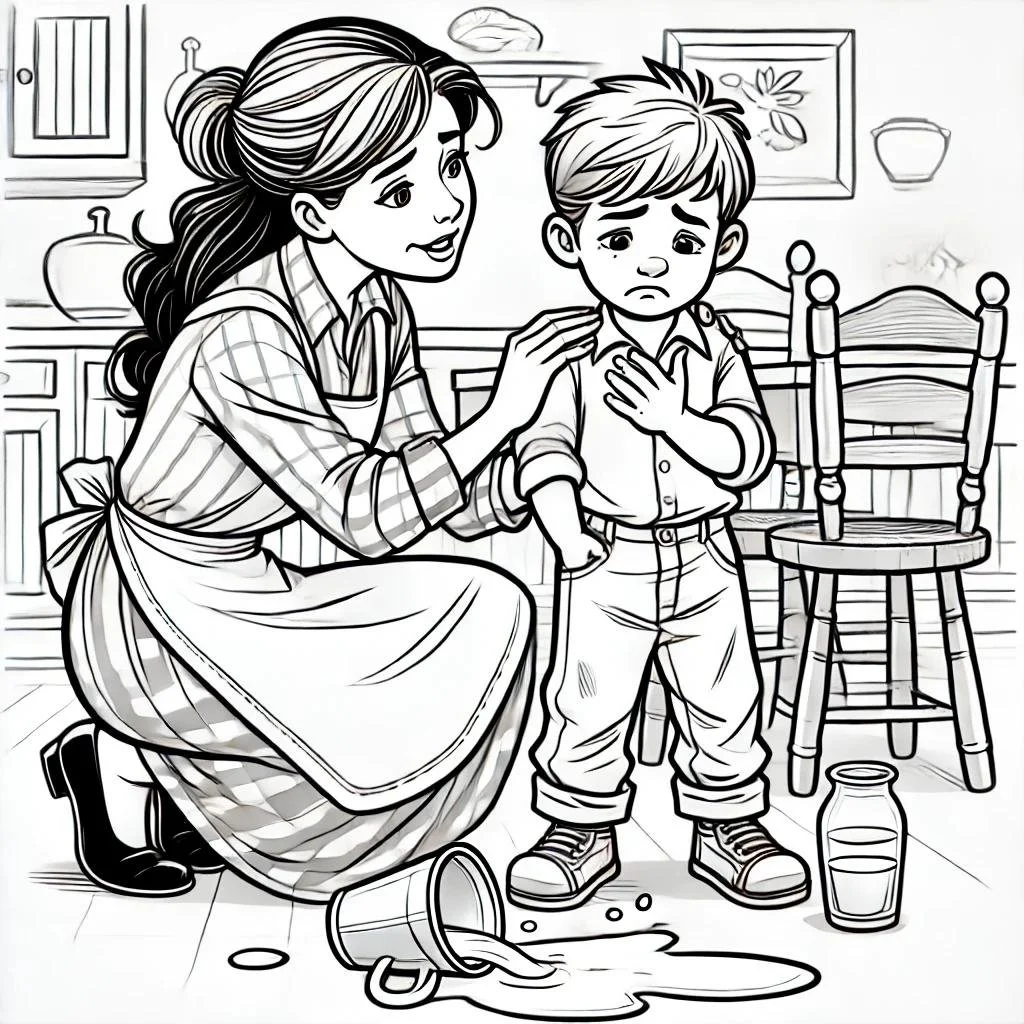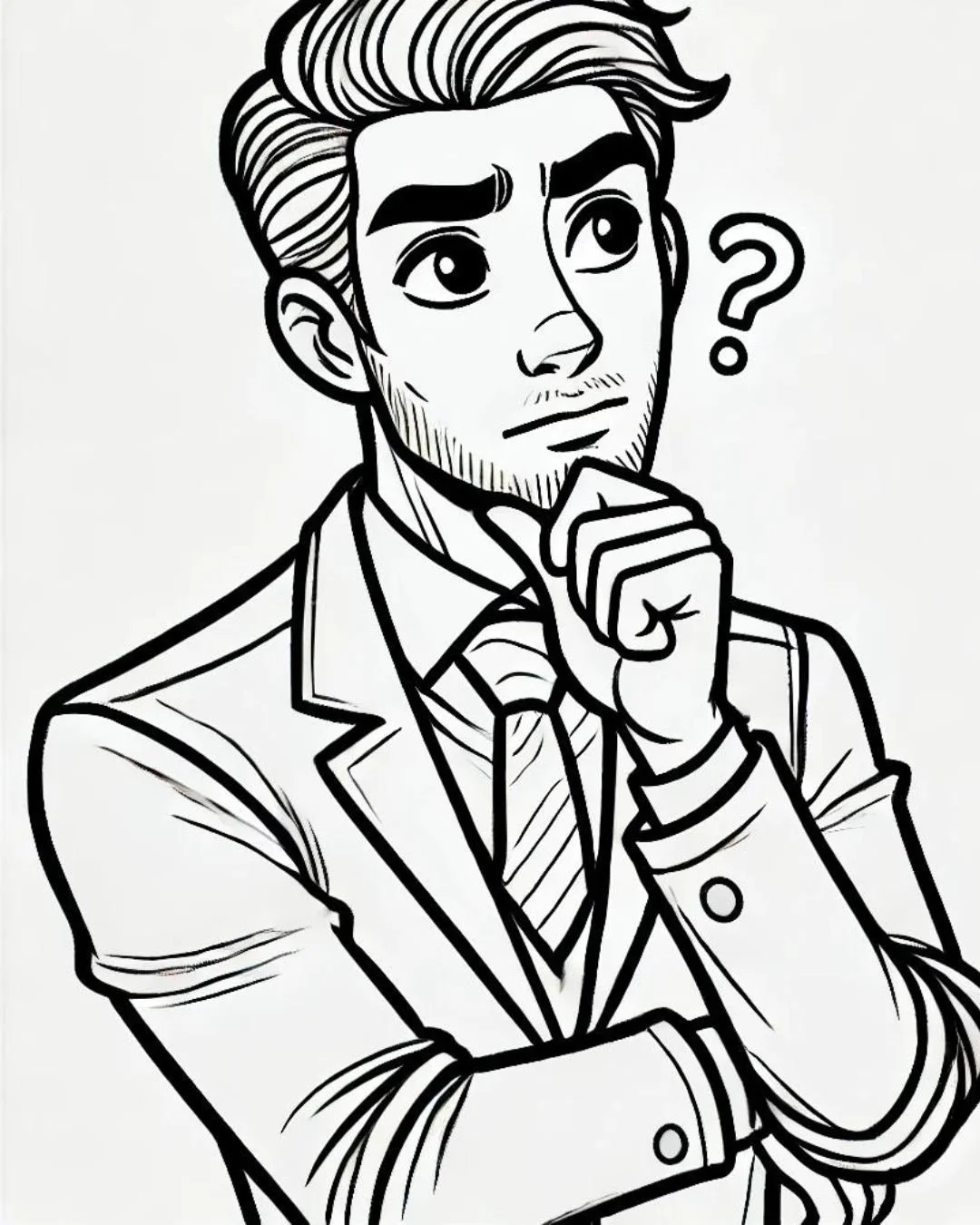How Do We Address Ethics In The World Of AI?
By: Victoria McGuire
Actions are neither good nor bad, right or wrong, moral or immoral. Morality lies in a spectrum that varies for every individual you interact with, at the time you interact with them. Real-world ethical decisions are rarely so clear-cut. In complex situations, rigid moral categories fail to capture the nuances of modern human decision-making.
The Moral Catalyst Framework offers a new way to evaluate ethical choices, shifting the focus from fixed absolutes to catalysts that drive change. Instead of asking whether an action is inherently right or wrong the approach I’m taking examines its intention, impact, and trajectory. By understanding, how actions serve as catalysts within personal, societal, and technological systems, we can foster more responsible, adaptable, and ethical decision-making.
Humans as Moral Catalysts
Rather than labeling actions or individuals as inherently good or evil, this framework categorizes them based on how they catalyze change.
In chemistry, a catalyst accelerates or directs a reaction without being consumed, in the process. Morality functions similarly. Each action initiates a chain of events that shapes the future.
The Key Question: What does this action catalyze?
Instead of focusing solely on whether an action is “good” or “bad,” this framework asks:
• Does this choice initiate growth or decay?
• Does it create positive or negative long-term effects?
• Does it disrupt, stabilize, or redefine the system?
The framework categorizes catalysts into four types:
Why This Model Aligns with Physics & Systems Thinking:
Quantum Superposition: Morality is Not Fixed
—> In quantum mechanics, particles exist in multiple states until observed. Morality operates similarly—an action’s ethical weight depends on context and consequences, not just the moment of choice.
Chaos Theory: Small Actions Create Ripple Effect
—> Chaos theory demonstrates how minor changes can lead to massive systemic consequences (the “butterfly effect”). Morality follows the same pattern—one ethical decision can catalyze profound societal shifts.
Entropy & System Evolution: Morality Must Adapt
—> Just as entropy causes physical systems to dissolve, static moral codes become outdated. The Moral Catalyst Framework accounts for this, allowing adaptability while maintaining accountability.
Moral Flexibility Without Relativism
Nietzsche’s Critique of Moral Absolutes
Friedrich Nietzsche argued that morality is often dictated by societal structures rather than inherent truths. The Moral Catalyst Framework aligns with his critique while avoiding full relativism—accountability comes from evaluating the long-term effects of actions rather than arbitrary moral labels.
Aristotle’s Virtue Ethics: Growth Through Action
Aristotle believed morality is cultivated through action and habit rather than rigid rules. This framework builds on his philosophy, assessing actions based on the long-term impact.
Buddhism & Taoism: Flow and Consequence in Moral Decision-Making
Eastern philosophies emphasize that actions create ripples, influencing karma and balance. The Moral Catalyst Model aligns with this principle as it prioritizes trajectory and adaptability over static moral judgments.
How This Model Works in the Real World
Leadership & Business Ethics
Rigid Model: “Is this decision right or wrong?”
Modern Model: “What will this action catalyze in 1, 5, or 10 years?”
Example: A CEO considering layoffs examines its financial savings and the long-term impacts on workplace culture, innovation, and stability.
AI & Ethical Programming
Rigid Model: AI follows rigid moral rules, often reflecting outdated ethical systems.
Modern Model: AI evaluates context, intent, and long-term impact before restricting content or creativity.
Example: Instead of hard-coded censorship, AI could assess whether a user’s explicit language is part of therapeutic storytelling or a harmful behavior.
Law & Justice Systems
Rigid Model: Laws operate on rigid morality, treating violations as black-and-white.
Modern Model: Justice incorporates catalyst-based reasoning—evaluating whether an act leads to constructive, adaptive, or destructive long-term impact.
Example: Sentencing a nonviolent offender isn’t just about punishment but whether rehabilitation catalyzes positive societal change.
The Future of High-risk Decision Making is Dynamic
The Moral Catalyst Framework offers a fresh lens for navigating complex ethical environments. Instead of outdated moral absolutes, it embraces systemic, long-term thinking to create sustainable ethical outcomes.
The question is no longer “Is this action good or bad?” but instead: “What will this action catalyze?”
If this message resonates with you, consider supporting my work:
Let’s chat more about this topic in the comments!
Share and let’s Network!
Buy my designs
Your support drives ethical innovation and systems-based solutions where they’re needed most. Together, we can reshape industries and create better workplaces.
As awareness grows, the vision is to build a team dedicated to optimizing and streamlining home healthcare for our population—ensuring efficiency, dignity, and quality care. Making this vision a reality depends on your continued support.






